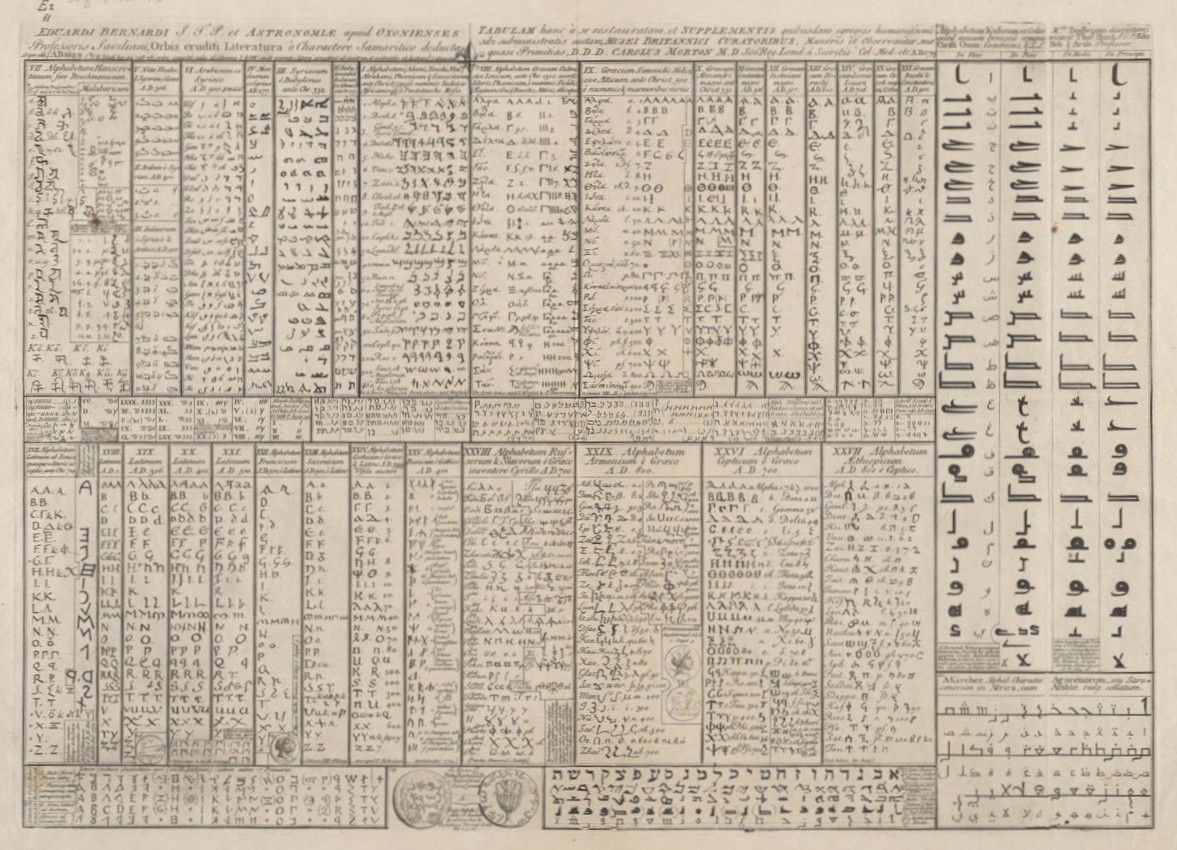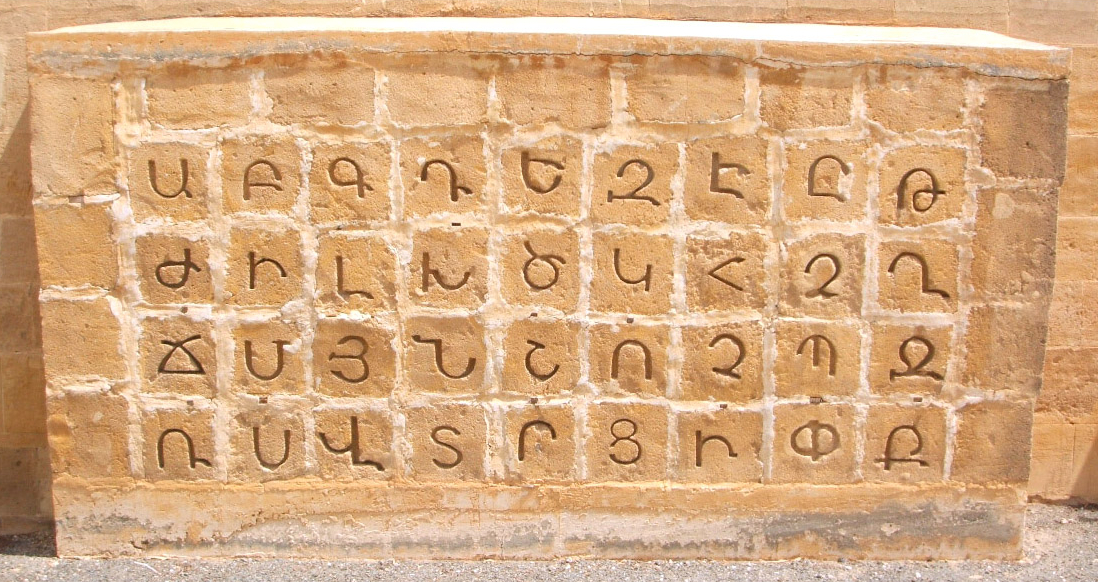|
Armeno-Turkish Alphabet
The Armeno-Turkish alphabet is a version of the Armenian alphabet sometimes used to write Ottoman Turkish until 1928, when the Latin-based modern Turkish alphabet was introduced. The Armenian script was not just used by ethnic Armenians to write the Turkish language, but also by the non-Armenian Ottoman Turkish elite. An American correspondent in Marash in 1864 calls the alphabet "Armeno-Turkish", describing it as consisting of 31 Armenian letters and "infinitely superior" to the Arabic or Greek alphabets for rendering Turkish.Andrew T. Pratt, "On the Armeno-Turkish Alphabet", in Journal of the American Oriental Society, Vol. 8 (1866), pp. 374–376. This Armenian script was used alongside the Arabic script on official documents of the Ottoman Empire written in Ottoman Turkish. For instance, the first novel to be written in Turkish in the Ottoman Empire was Vartan Pasha's 1851 '' Akabi Hikâyesi'', written in the Armenian script. Alphabet Digraphs Although the Armenia ... [...More Info...] [...Related Items...] OR: [Wikipedia] [Google] [Baidu] |
Alphabet
An alphabet is a standardized set of basic written graphemes (called letters) that represent the phonemes of certain spoken languages. Not all writing systems represent language in this way; in a syllabary, each character represents a syllable, and logographic systems use characters to represent words, morphemes, or other semantic units. The first fully phonemic script, the Proto-Sinaitic script, later known as the Phoenician alphabet, is considered to be the first alphabet and is the ancestor of most modern alphabets, including Arabic, Cyrillic, Greek, Hebrew, Latin, and possibly Brahmic. It was created by Semitic-speaking workers and slaves in the Sinai Peninsula (as the Proto-Sinaitic script), by selecting a small number of hieroglyphs commonly seen in their Egyptian surroundings to describe the sounds, as opposed to the semantic values of the Canaanite languages. However, Peter T. Daniels distinguishes an abugida, a set of graphemes that represent cons ... [...More Info...] [...Related Items...] OR: [Wikipedia] [Google] [Baidu] |
Vartan Pasha
Hovsep Vartanian ( hy, Յովսէփ Վարդանեան), better known as Vartan Pasha ( hy, Վարդան փաշա; 1813 – 1879), was an Armenians in the Ottoman Empire, Ottoman Armenian statesman, author, and journalist of the 19th century, promoted to the rank of pasha after three decades in the service of the state. He is also notable for his novel "Akabi's Story" ('':tr:Akabi Hik%C3%A2yesi#:~:text=Akabi Hik%C3%A2yesi%2C mezhepler aras%C4%B1ndaki d%C3%BC%C5%9Fmanl%C4%B1%C4%9F%C4%B1n,d%C3%B6%C5%9Fe%C4%9Findeyken tan%C4%B1m%C4%B1%C5%9F bir gen%C3%A7 k%C4%B1zd%C4%B1r., Akabi Hikâyesi''), published in 1851 in Turkish language, Turkish written in the Armenian alphabet, Armenian script (a not unusual practice in the 19th century), and for having published the bilingual magazine ''Mecmua-i Havadis'', an important reference in the history of the Turkish written press. His novel is, according to the Austrians, Austrian Turkology, Turkologist Andreas Tietze who re-edited it and had a Tr ... [...More Info...] [...Related Items...] OR: [Wikipedia] [Google] [Baidu] |
Ottoman Culture
Ottoman Empire, Ottomans culture evolved over several centuries as the ruling administration of the Turkish peoples, Turks absorbed, adapted and modified the various native cultures of conquered lands and their peoples. There was influence from the customs and languages of Islamic culture, Islamic societies, while Persian people, Persian culture had a significant contribution through the Great Seljuq Empire, Seljuq Turks, the Ottomans' predecessors. Despite newer added amalgamations, the Ottoman dynasty, like their predecessors in the Sultanate of Rum and the Seljuk Empire were influenced by Persian culture, language, habits and customs. Throughout its history, the Ottoman Empire had substantial subject populations of Rum Millet, Orthodox subjects, Armenians in the Ottoman Empire, Armenians, History of the Jews in Turkey#Ottoman era, Jews and Assyrians and Syriacs in Turkey, Assyrians, who were allowed a certain amount of autonomy under the ''Millet (Ottoman Empire), millet'' system ... [...More Info...] [...Related Items...] OR: [Wikipedia] [Google] [Baidu] |
Alphabets Used By Turkic Languages
There exist several alphabets used by Turkic languages, i.e. alphabets used to write Turkic languages: * The New Turkic Alphabet (Yañalif) in use in the 1930s USSR (Latin) * The Common Turkic Alphabet, proposed by Turkic Council to unify scripts in Turkic languages (Latin) Current languages * Any alphabet in use for writing Turkic languages: Extinct languages *The medieval Old Turkic script (Göktürk script, Orkhon script, Orkhon-Yenisey script, ISO 15924: Orkh) for Old Turkic language *Old Uyghur alphabet for Old Uyghur language *Cuman language (Latn) *Karamanli Turkish Karamanlı Turkish ( tr, Karamanlı Türkçesi, el, Καραμανλήδικα, Karamanlídika) is a dialect of the Turkish language spoken by the Karamanlides. Although the official Ottoman Turkish was written in the Arabic script, the Karam ... written in Greek script References {{Turkic topics Turkic languages * ... [...More Info...] [...Related Items...] OR: [Wikipedia] [Google] [Baidu] |
ու
The Armenian alphabet ( hy, Հայոց գրեր, ' or , ') is an alphabetic writing system used to write Armenian. It was developed around 405 AD by Mesrop Mashtots, an Armenian linguist and ecclesiastical leader. The system originally had 36 letters; eventually, three more were adopted. The alphabet was also in wide use in the Ottoman Empire around the 18th and 19th centuries. The Armenian word for "alphabet" is ('), named after the first two letters of the Armenian alphabet: hy, այբ ' and hy, բեն, links=no '. Armenian is written horizontally, left to right. Alphabet *Listen to the pronunciation of the letters in or in . Notes: #Primarily used in classical orthography; after the reform used word-initially and in some compound words. #Except in ով "who" and ովքեր "those (people)" in Eastern Armenian. #Iranian Armenians (who speak a subbranch of Eastern Armenian) pronounce the sound represented by this letter with a retracted tongue body : post-alveo ... [...More Info...] [...Related Items...] OR: [Wikipedia] [Google] [Baidu] |
International Phonetic Alphabet
The International Phonetic Alphabet (IPA) is an alphabetic system of phonetic transcription, phonetic notation based primarily on the Latin script. It was devised by the International Phonetic Association in the late 19th century as a standardized representation of speech sounds in written form.International Phonetic Association (IPA), ''Handbook''. The IPA is used by lexicography, lexicographers, foreign language students and teachers, linguistics, linguists, speech–language pathology, speech–language pathologists, singers, actors, constructed language creators, and translators. The IPA is designed to represent those qualities of speech that are part of wiktionary:lexical, lexical (and, to a limited extent, prosodic) sounds in oral language: phone (phonetics), phones, phonemes, Intonation (linguistics), intonation, and the separation of words and syllables. To represent additional qualities of speech—such as tooth wiktionary:gnash, gnashing, lisping, and sounds made wi ... [...More Info...] [...Related Items...] OR: [Wikipedia] [Google] [Baidu] |


